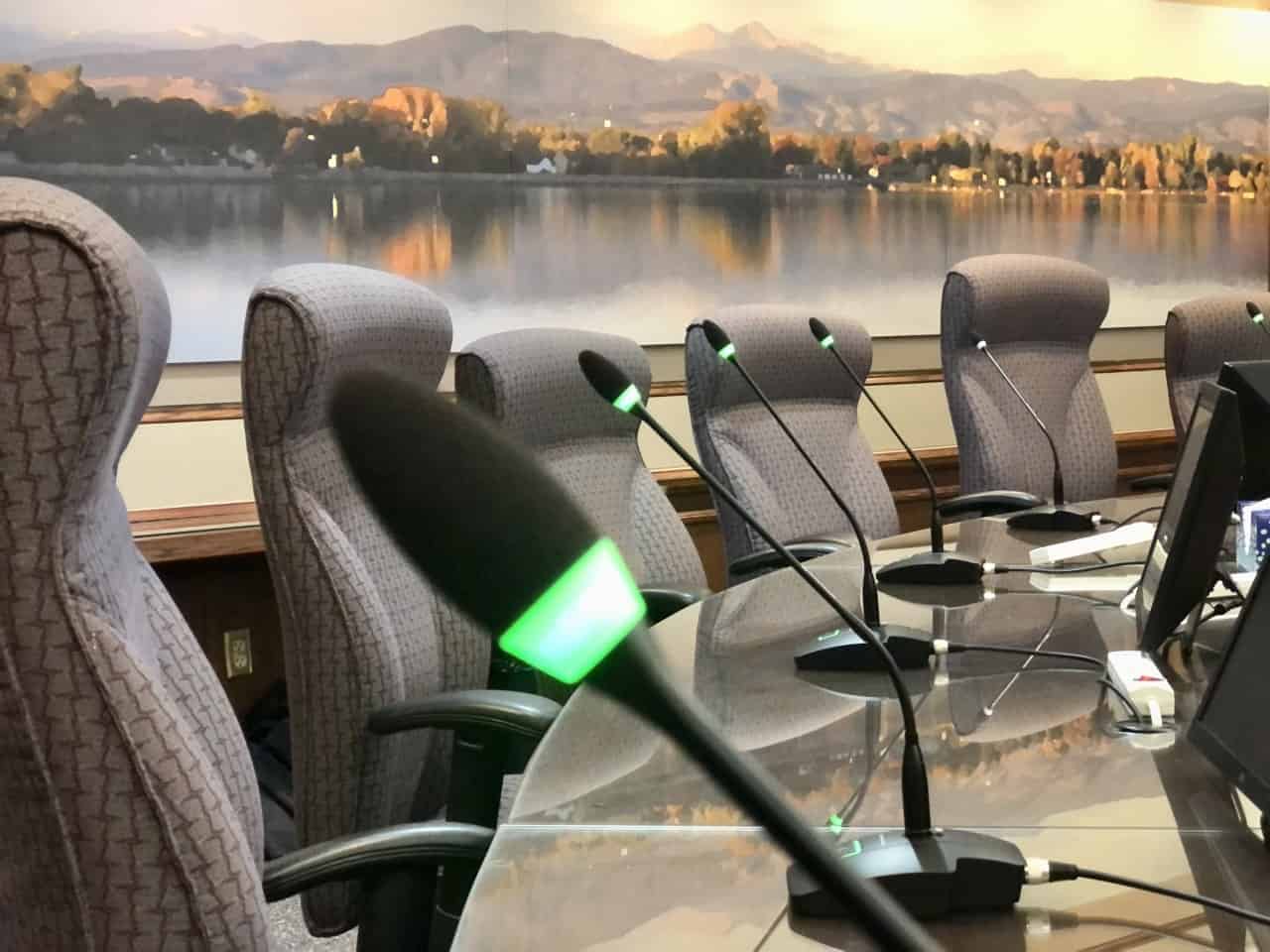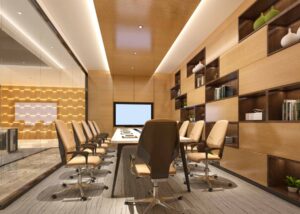Nearly every industry benefits from audiovisual technology. From screens and surveillance at retail stores to lecture halls, conference rooms, and medical facilities. While most of us interact with AV technology on a daily basis, we likely take it for granted.
Since the internet came on the scene, the advancements in workplace technology have been incredible and it’s important that organizations keep up with the times. Thanks to the power of high-speed networks Audiovisual systems are no longer limited by clunky equipment and cables.
AVoIP is more than just a trend. It’s the new standard for streamlining complex audiovisual projects that need to be adaptable to changing business needs. So what is AV-over-IP and how can it benefit your business? Let’s review.
What is AV-over-IP?
Sometimes referred to as AVoIP, it stands for Audiovisual (AV) over Internet Protocol (IP). It is essentially the transmission of audio and video signals over a network. Allowing AV signals to run over the same category cabling that exists in your building for networking. This differs from traditional audiovisual cabling which can be complex and expensive.
Without going into the entire history of the internet, let’s review some basics about IP. Each device on the internet has a unique identifier – an IP address – and it communicates with other devices by sending packets of information that are tracked and sequenced appropriately. This method of communicating is called Internet Protocol and it is constantly evolving.
Traditional, hard-wired systems use point-to-point technology which has limited circuit-based switches. But, in IP-based systems multiple switches can be connected, allowing for easy expansion.
AV and IP first converged with the concept of streaming audio signals in the late 1970s and the possibilities have been expanding ever since. Users can now route high-quality audio and video signals over a network with fewer limitations than traditional AV solutions.
What are the Benefits of AV-over-IP?
Improvements to audio-visual technology and equipment result in countless benefits to organizations. Some key advantages include the following:
- Adaptability
AVoIP solutions are flexible and scalable so that they can adapt to the needs of your business. Analog systems can be limited by cable length and available inputs, but with IP-based systems, the number of switches can be conveniently expanded. Fiber optic and copper (Category) cable can be used for transmitting AV over IP which allows for flexible routing and use of existing cabling.
- Exceptional Quality
Transmitting audio and video signals over long distances and across multiple devices can pose a risk for end users. IP-based installations preserve a traditional AV system, but the number of transmitters and cables is reduced and organized over the network. This leaves less room for issues and malfunctions and results in a high-quality experience.
- Cost Savings
The ability to quickly scale on an existing network results in cost savings for your business. An AV over IP system can be managed and monitored remotely, saving time and money, and it reduces the need for extension cables and costly installation. The cost of hardware and expensive cables can be reduced when moving away from traditional AV installations and onto AVoIP.
Is AVoIP right for your business?
The benefits of an IP-based AV system are fantastic, especially for large and complex audiovisual systems. Traditional AV installations may be better suited for small facilities or limited bandwidth. It’s important to evaluate your options and find an AV professional you can trust.
There are several products on the market – NDI, SDVOE, and Dante to name a few. It can be hard to determine which is right for your organization. A good AV company should be prepared to review the pros and cons of each so that you find a solution for your needs. Specific standards for AV-over-IP technology can be hard to nail down as the market is full of innovation and fast-moving advancements. This is why interoperability should be a key factor in building your system.
Schedule a Free Consultation Today
The High Country team of professionals is eager to review your AV over IP needs. Whether starting with a brand new AV project or upgrading an existing system, we are available to help.
High Country follows a proven implementation process that starts by understanding your specific requirements. The next step is to research the right solution. While putting together a proposal we consider your budget and schedule requirements as well as the physical space so that we can recommend the appropriate products and approach.
Once the proposal is accepted, the installation begins. High Country customers receive proactive communication from a dedicated project manager for a smooth installation process. Finally, all AV equipment is commissioned and High Country provides on-call support. Relevant training and comprehensive documentation of your AV system are key to success.
Customer satisfaction is a top priority at High Country. We believe that audiovisual projects do not need to be difficult or stressful. This is why we provide efficient and transparent services, quick responses, and outstanding support. Contact us today to learn more.
We are ready to bring your AV over IP project to life. Our team has years of experience serving the greater Denver area as well as the Colorado Front Range and we look forward to working with you.




